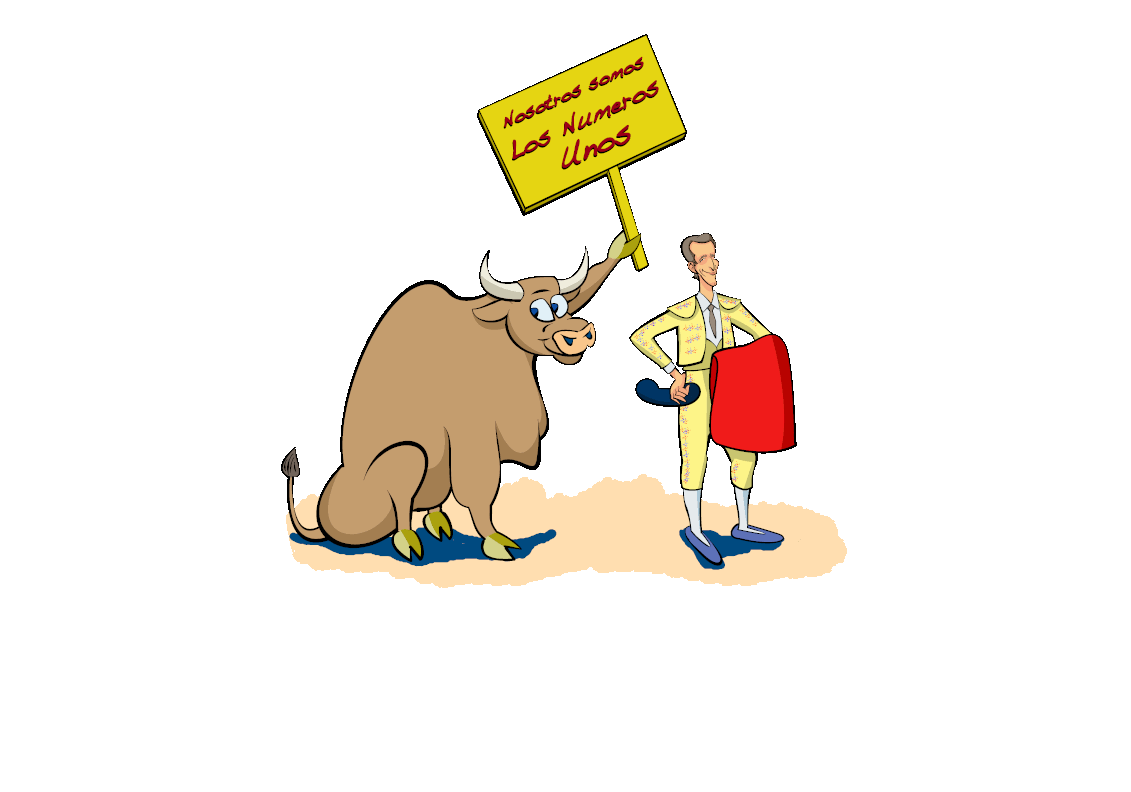Conchita Cintrón has the distinction of being the most famous FEMALE bullfighter in the modern era. Her family was quite international with her father, Francisco Cintrón Ramos1, hailing from Puerto Rico and working in various countries. Her mother, Lola Verrill, was from the United States.
Footnote
Spanish naming conventions are a bit different from those of the English speakers. In the name Francisco Cintrón Ramos, Ramos was Francisco's mother's surname and Cintrón was his father's. The name can also be written with the two last names separated by the conjunction y (and): Francisco Cintrón y Ramos. However, when addressing a man you use his father's surname and so you would greet Francisco Cintrón Ramos as Señor Cintrón - not as Señor Ramos.
Concepción Cintrón Verrill - which is Conchita's full name2 - was born in Antofagasta, Chile, in 1922. She became interested in riding and bullfighting at an early age but it was not considered quite proper for young ladies to become toreadoras, that is, female bullfighters.
Footnote
In Hispanic naming conventions, the women keep their own surname and do not assume the husband's. So a lady named Carmen González Lucas (whose father's surname would have been named González and her mother's Lucas) would keep her name if she married a man, say Antonio Ordoñez Araujo. She would be addressed as Señora González.
If for some reason it was needed to indicate her husband's name, she would add her husband's surname after the preposition de (of): Carmen González de Ordoñez.
Instead, when women did become bullfighters they often performed as rejoneadoras (pronounced ray-HON-ay-uh-DOOR-us). Rejoneadores are toreadores - that is, bullfighters - who fight and kill the bull from horseback. But rejoneadores are not to be confused with the picador who is the horseman who jabs the bull with a long lance to weaken the neck muscles as preparation for the matador. It is the matador who actually kills the bull, but he does so on foot.
Bullfighting in the commonly understood manner - that is, with the bull being killed in the ring - is now legal in only eight countries: Spain, Mexico, Colombia, Venezuela, Peru, Ecuador, Portugal, and France. It has been banned in parts of Spain, and most notably it was prohibited by the parliament of Catalonia. Although the Spanish Supreme Court ruled the ban unconstitutional, there have been no bullfights in Catalonia since 2011.
On the other hand, bloodless bullfighting - where the bull is not killed and the fight is conducted without picadors and bandilleros (who place barbed darts in the bull's shoulders) - is permitted in a number of jurisdictions. These even include parts of Los Estados Unidos such as Tejas and California.
That bullfighting is practiced in France may be a bit of a surprise. But it is permitted in parts of the south and so you can see a bullfight in cities like Arles, Nice, and Nimes. Approximately 1000 bulls are killed in France each year and some of the bullrings were built in the days of the Roman Empire.
Of course, most matadors - the toreador who kills the bulls - have been and are men such as the greats Manuel Rodríguez Sánchez (known professionally as Manolete), Manuel Granero, and Luis Miguel Dominguín. But women toreadoras (bullfighters, if not matadors), were known at least back to the 17th Century. Francisco Goya left numerous bullfights drawings and paintings of bullfights and bullfighters. And one drawing of a rejoneadora was of Nicolasa Escamilla who lived from 1747 to 1776. As far as is known, Nicolasa is the earliest known woman bullfighter.
Most matadors are men like ...
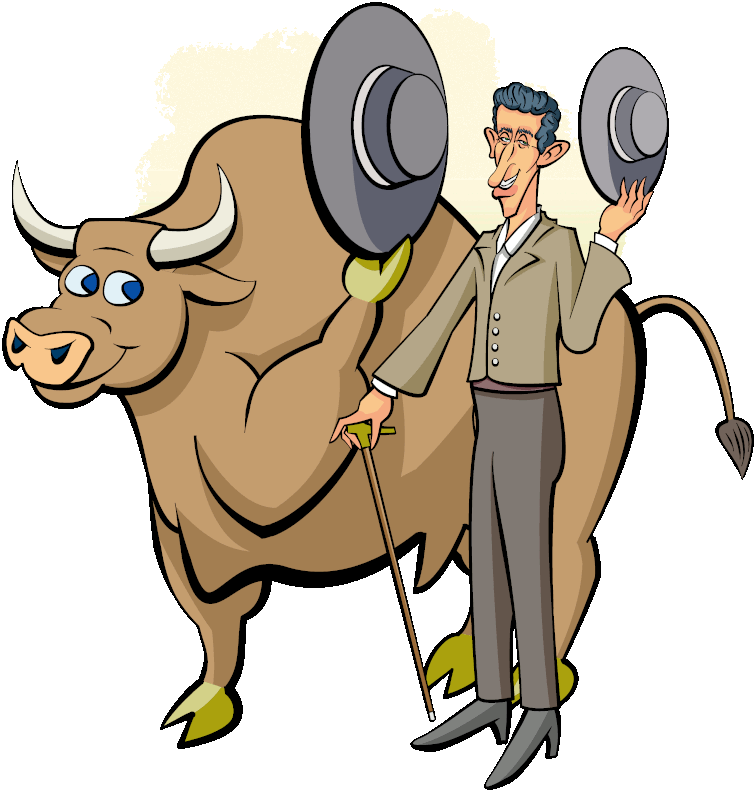
... Manolete ...
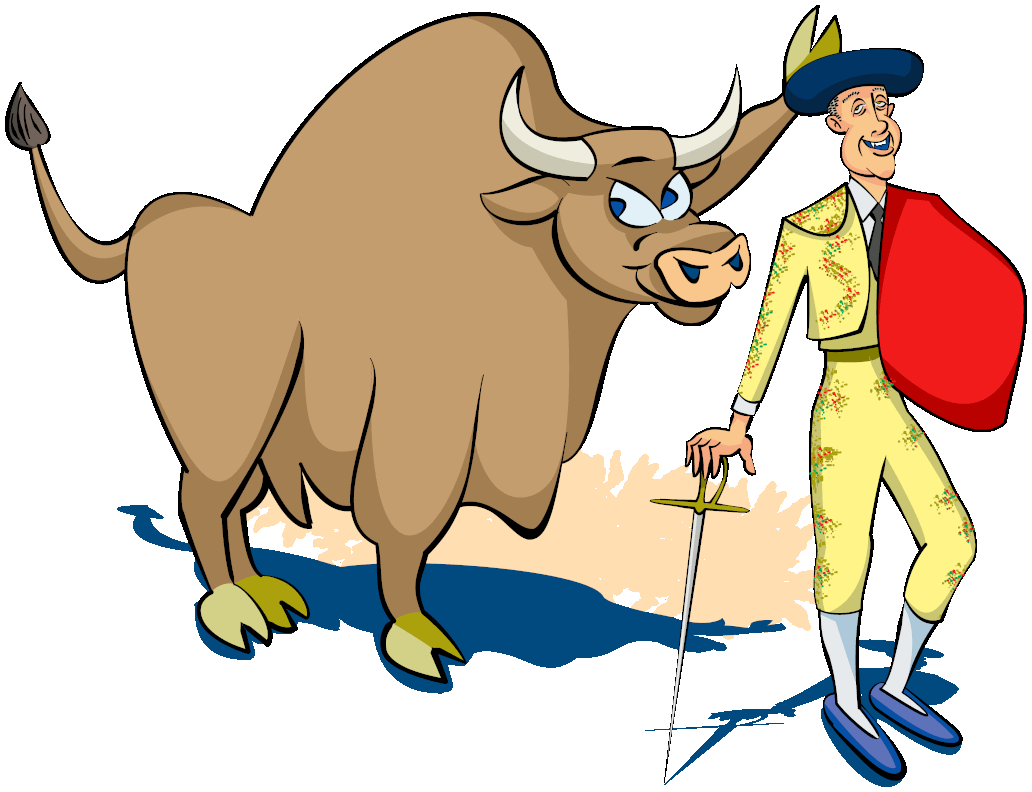
... and Manuel ...
However, in Conchita's time a woman fighting the bull on foot with muleta and estoque (the cape and sword) was actually illegal in Spain. Conchita, though, was able to perform as a matadora in the Latin American countries, in Portugal, and, yes, in France.
Despite Conchita's popularity, female matadors have said that they are not always accepted by their masculine compañeras de trabajo and may even be subjected to shouts and taunts from the crowd. Women who performed as matadoras have also been limited to being novilleras who were only permitted to fight bulls that are less than four years old. It wasn't until 1996 that Cristina Sánchez de Pablos appeared in the ring in Nice, France, as a full matadora.
Women bullfighters are still rare and a recent report lists only seven that are currently active in Spain. In addition to Conchita and Cristina other women who have achieved fame in the bullring are Lupita López, Conchi Reyes Rios, and even two Americans, Patricia McCormick and Bette Ford.
About 500 bullfighters have been killed in the ring since 1700 but apparently none have been women. The most recent fatality was matador Ivan Fandino who was killed in France in 2017. Conchita, although receiving cornadas3 - horn wounds - on three occasions (and one was quite serious), retired well and healthy in 1950 to live in Lisbon, Portugal, with her husband and son.
Footnote
Those learning Spanish and delving into the culture of bullfighting should note the proper word for a wound from a bull's horn is a cornada or cornada de toros. The more exact translation is gored by a bull from the verb cornear "to gore". A horn wound is not coronada which means "crowned" and is from the noun corona.
Conchita's last bullfight, though, was in Spain in Jaén, Andalusia, October 1950. Women matadoras were still illegal and so she was supposed to appear as a rejoneadora. Instead she dismounted and fought on foot. However, she deliberately did not kill the bull and after her performance she was arrested. By all accounts the crowd immediately voiced its displeasure toward the authorities and Conchita was released.
Despite the controversy it can't be denied that bullfighting is a tough occupation and toreadors retiring before 30 years old are not uncommon (Conchita was 27). It's not just that the bullfight itself is dangerous and can be deadly, but there's the sheer grind of the job. In Spain a bullfighter's circuit might require appearing in Zarazoga on one day and then driving more than 500 miles to Sevilla with the next fight followed by a corrida in Málaga on the southeast coast and then by a performance in La Coruña on the Atlantic coast north of Portugal. Such a grueling itinerario is similar to those endured by the early Country and Western singers in America.
The name Cintrón is, of course, a Hispanic surname and it actually originated in Puerto Rico. It's one of those names which isn't too common and not too uncommon and some listings rank it in the top 60 along with -
and to skip this rather lengthy ordered list click here - Sanchez, Rivera, Diaz, Rodriguez, Narvaez, Burgos, Colon, Vazquez, Ramos, Ortiz, Morales, Betancourt, Cruz, Santiago, Reyes, Perez, Agosto, Carrasquillo, Garcia, Ortega, Torres, Canales, Vega, Ayala, Gonzalez, Menendez, Martinez, Lopez, Hernandez, Rosa, Merced, Pagan, Valentin, Delgado, Velez, Quiñones, Malave, Rosado, Ogando, Pastrana, Sierra, Acevedo, Sanabria, Soler, Velazquez, Caballero, Panet, Ruiz, Marrero, Bordelies, Potter, Nieves, Soto, Miranda, Arroyo, Roman, Ramirez, Melendez, 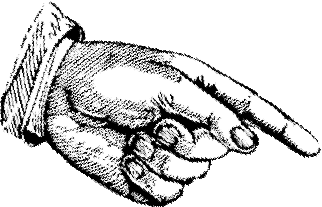 Cintrón, Lugo, Robles, Mojica, Santos, Avila, Jimenez, Figueroa, Solis, Berrios, Negron, Aponte, Vargas, Serrano, Bruno, Medina, Guzman, Ferrer, Muñiz, Abreu, Montes, Castillo, Mercado, Maldonado, De Jesus, Espinosa, Montañez, Bibiloni, Lebron, Matos, Echevarria, Del valle, Mendez, Baez, Quinones, Gutierrez, Mendin, Ocasio, Alicea, Collazo, Bobe, Fontanez, Irizarry, Aviles, Fernandez, Rojas, Carrillo, Otero, Surillo, Rios, Quiles, Toral, Batista, Padilla, Colón, Brown, De la Torre, Trujillo, Alvarez, Flores, Davila, Barreto, Crespo, Nater, Gomez, Cortes, Benitez, Huertas, Quintana, Biaggi, Cordero, Cuevas, Castro, Braña, Nieto, Leon, Cardona, Santini, Alvarado, Díaz, Toro, Segarra, Camacho, Alamo, Barada, Santana, Laboy, Cosme, Arce, Pacheco, Navarro, Bermudez, Rodríguez, Acosta, Vera, Seda, Narváez, Zayas, Morales Rosa, Cabrera, Feliciano, Moret, Bauza, Valle, Moyano, Roldan, De Leon, Pérez, Fuentes, Rosário, Pabon, Chinea, Caraballo, Franco, Romero, Nuñez, Casanova, Sánchez, Silva, Galarza, San Miguel, Rolon, Vázquez, Rosario, Bonilla, Pizarro, Carrion, Amill, Muñoz, Andujar, Molina, Sola, Mendoza, Anca, Mangual, Montalvo, Cotto, Rosas, Marquez, López, Orozco, Falcon, Prado, Tirado, Marcano, Caban, Puig, González, Velázquez, Guevara, Rogiers, Matias, Suarez, Pagán, Brocco, Muniz, Rovira, Sántos, Orengo, Knight, Oliveras, Herrera, Nazario, Brens, Quiñonez, Pinela, Estrella, Galan, Alonso, García, Renta, Toledo, Bolivar Aponte, Villanueva, Peña, Rentas, Amadeo, Cruzado, Marin, Viera, Longo, Pereira, Martínez, Guerrero, Fortuño, Striker, Betancort, Picorelli, Luna, Dominguez, Caride, Cordova, Gorbea, Fraguada, Lozada, Loperena, Juarbe, Howe, Quintero, Borrero, Carrero, Pinto, Tavarez, Ojeda, Amiama, Gines, Almodovar, Sepulveda, Hernández, Cartagena, Correa, Bartolomei, Badillo, Silvestrini, Maisonet, Candelaria, Umpierre, Vélez, Becerra, Lotti, Oquendo, Soriano, Laureano, Zamora, Felix, Dauhajre, Heredia, Parrilla, Salgado, Rubero, Herrero, Carreras, Olivencia, Bosque, Fajardo, Sosa, Placeres, Moreno, Trinidad, N, Gierbolini, Mateo, Segurola, Donate, Banuchi, Tollinchi, Munoz, Carmona, Casiano, Negrón, Sotomayor, Saliceti, Lebrón, Escalera, Moure, Albizu, Falero, Hilera, Aquino, Calderon, Machado, Villodas, Llorens, Vila, Rubio, Gelpi, Graulau, Jusino, Roche, Pamias, Troche, Esteves, Desarden, Caceres, Zapata, Cofresi, Claudio, Landrau, Vidal, Milan, Purcell, Portalatin, Noriega, Castrodad, Meléndez, Algarin, Irigoyen, Enriquez, Salas, and Amador. (To return to the top of the list click here.)
Cintrón, Lugo, Robles, Mojica, Santos, Avila, Jimenez, Figueroa, Solis, Berrios, Negron, Aponte, Vargas, Serrano, Bruno, Medina, Guzman, Ferrer, Muñiz, Abreu, Montes, Castillo, Mercado, Maldonado, De Jesus, Espinosa, Montañez, Bibiloni, Lebron, Matos, Echevarria, Del valle, Mendez, Baez, Quinones, Gutierrez, Mendin, Ocasio, Alicea, Collazo, Bobe, Fontanez, Irizarry, Aviles, Fernandez, Rojas, Carrillo, Otero, Surillo, Rios, Quiles, Toral, Batista, Padilla, Colón, Brown, De la Torre, Trujillo, Alvarez, Flores, Davila, Barreto, Crespo, Nater, Gomez, Cortes, Benitez, Huertas, Quintana, Biaggi, Cordero, Cuevas, Castro, Braña, Nieto, Leon, Cardona, Santini, Alvarado, Díaz, Toro, Segarra, Camacho, Alamo, Barada, Santana, Laboy, Cosme, Arce, Pacheco, Navarro, Bermudez, Rodríguez, Acosta, Vera, Seda, Narváez, Zayas, Morales Rosa, Cabrera, Feliciano, Moret, Bauza, Valle, Moyano, Roldan, De Leon, Pérez, Fuentes, Rosário, Pabon, Chinea, Caraballo, Franco, Romero, Nuñez, Casanova, Sánchez, Silva, Galarza, San Miguel, Rolon, Vázquez, Rosario, Bonilla, Pizarro, Carrion, Amill, Muñoz, Andujar, Molina, Sola, Mendoza, Anca, Mangual, Montalvo, Cotto, Rosas, Marquez, López, Orozco, Falcon, Prado, Tirado, Marcano, Caban, Puig, González, Velázquez, Guevara, Rogiers, Matias, Suarez, Pagán, Brocco, Muniz, Rovira, Sántos, Orengo, Knight, Oliveras, Herrera, Nazario, Brens, Quiñonez, Pinela, Estrella, Galan, Alonso, García, Renta, Toledo, Bolivar Aponte, Villanueva, Peña, Rentas, Amadeo, Cruzado, Marin, Viera, Longo, Pereira, Martínez, Guerrero, Fortuño, Striker, Betancort, Picorelli, Luna, Dominguez, Caride, Cordova, Gorbea, Fraguada, Lozada, Loperena, Juarbe, Howe, Quintero, Borrero, Carrero, Pinto, Tavarez, Ojeda, Amiama, Gines, Almodovar, Sepulveda, Hernández, Cartagena, Correa, Bartolomei, Badillo, Silvestrini, Maisonet, Candelaria, Umpierre, Vélez, Becerra, Lotti, Oquendo, Soriano, Laureano, Zamora, Felix, Dauhajre, Heredia, Parrilla, Salgado, Rubero, Herrero, Carreras, Olivencia, Bosque, Fajardo, Sosa, Placeres, Moreno, Trinidad, N, Gierbolini, Mateo, Segurola, Donate, Banuchi, Tollinchi, Munoz, Carmona, Casiano, Negrón, Sotomayor, Saliceti, Lebrón, Escalera, Moure, Albizu, Falero, Hilera, Aquino, Calderon, Machado, Villodas, Llorens, Vila, Rubio, Gelpi, Graulau, Jusino, Roche, Pamias, Troche, Esteves, Desarden, Caceres, Zapata, Cofresi, Claudio, Landrau, Vidal, Milan, Purcell, Portalatin, Noriega, Castrodad, Meléndez, Algarin, Irigoyen, Enriquez, Salas, and Amador. (To return to the top of the list click here.)
Cintrón is a nombre proudly borne by a number of distinguished citizens of Puerto Rico and the name even forms the plot point in one of the most famous stories in modern Spanish American literature. In 1907 the Puerto Rican journalist and author, Manuel Fernández Juncos, published his short story "El Retrato de Juan Cintrón" which found it's way to the United States in 1920.
"El Retrato de Juan Cintrón" - "The Portrait of Juan Cintrón" - is the story of a Puerto Rican landowner from Yabucoa who in the first few years of the 19th Century lived in the United States. George Washington had died only a few years before and was the most admired man in America. The landowner shared the Americans' admiration for the Father of His Country and when he returned to Yabucoa he brought along an oil portrait of the American Cincinnatus.4
Footnote
Portraits of George Washington were particularly popular in the United States in the late 18th and early 19th centuries. Among the most prized of the images were those by Gilbert Stuart. You could buy an original Stuart portrait of George - particularly one of the so-called Vaughn portraits for $100. These cheapies, though, were copies he made from one life portrait. That original Vaughn portrait is in the National Gallery of Art in Washington, D. C.
$100 in 1800 would be $2000 today when corrected for inflation. This may seem absurdly low particularly since one of Gilbert's Vaughn portraits was recently sold for over $10,000,000. Of course, in the ensuing years, the value of the portraits of George have increased well above the cost of living. By comparison recent auction prices of other portraits painted by Gilbert - albeit of relatively unknown sitters - run between $7000 and $10000.
The truth is that prices based on the Consumer Price Index did not change greatly from 1790 to 1940. In fact, the CPI in 1937 was essentially the same as in 1802. It wasn't until the 1960's that the CPI really began to rise to the point that economic eggheads now say that 3% yearly inflation is a good thing while a former American President said the 5% inflation during his predecessor's terms was a "national disgrace". It seems 2% makes a big difference.
Back in Yabucoa he hung the portrait in his home and he began to tell the townspeople about the man who was First in War, First in Peace, and First in the Hearts of his Countrymen. Soon the American President was admired by everyone in the town and they would stop by the landowner's house and admire the portrait.
Finally he decided to return and live in the United States but he left the portrait in his Puerto Rican home. In order that no one would forget the portrait's identity, he wrote the name "Washington" on the back.
As the years passed, the family possessions became divvied up among the various relatives. In the inevitable handling, at one point the back of the portrait was torn and the patch covered up the name. But the family members still remembered who the portrait was.
So during one of the estate depositions, the notary was told the portrait was of Washington. But Spanish does not have the letter w and the sound wa is spelled gua. And as there is also no -ing spelling, the now famous heirloom was listed in the inventory as being a portrait of Guasintón.
But as time rolled on the name became muddled even further. In yet another transfer the name was broken into the words "Gua Cintón". Everyone now took the words to be the first and last name, and the portrait continued to be passed down the family.
As the Fin de Siècle approached the portrait's owner had a daughter who was known for her intelligence. She was sent to college in San Juan and as college kids often do, when she returned home she found the educational level of her family somewhat lacking. In particular she found their local dialect was at odds with the elegant Castilian she had learned in San Juan. So she kept correcting everyone's Spanish, but far from being miffed, her father was impressed with his daughter's learning.
At one point her father mentioned their portrait of Gau Cintón, and his daughter admonished him about his poor pronunciation. The name "Gau", she said, was not a proper first name. Clearly someone had misspelled the name "Juan". Her father saw how smart his daughter was and assured her they would now identify the portrait as Juan Cintón.
But even that was wrong, she said. "Cintón" is not a Spanish name. Instead, whoever misspelled "Juan" also left off the "r" in the surname. The correct name, of course, could only be "Cintrón".
The father was again amazed at how much his daughter had learned. At long last they finally knew that the treasured family possession was a portrait of a man named "Juan Cintrón".
But just who was this Juan Cintrón?
Then suddenly the father remembered that the name of the Yabucoa's founder had in fact been named Cintrón. So such a venerated portrait could be of no one else. When word got out about the new identification, the portrait became even more famous and copies were made and distributed to the citizens of the town.
Well, all went well until one of the Cintrón family who had emigrated to the United States returned on a visit to his ancestral home. Naturally he knew who George Washington was and when told that the portrait was one of his ancestors, he laughed. It was not, he said, anyone named Cintrón. Instead it was the picture of the American hero and president George Washington. He made sure that the picture was finally relabeled as "Washington".
Far from being miffed at their longstanding error, the citizens of Yabucoa took it in good humor. So whenever the townspeople saw a picture of George Washington in a book or newspaper, they would point and laugh:
"Here is the portrait of Juan Cintrón."
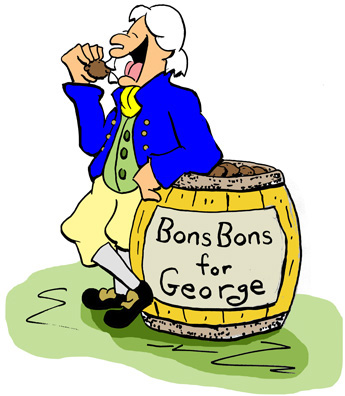
Juan Cintrón
References and Further Reading
"Conchita Cintrón", Michael Eaude, The Guardian,February 20, 2009.
"Conchita Cintrón", The Week, January 8, 2015.
"Cintrón, Conchita", Encyclopedia.com.
"Female Matadors", Allison Wright, Virginia Quarterly Review, University of Virginia.
"A Courageous Pioneer in the Bullfighting Arena", Bryan Mealer, Texas Monthly, April 8, 2013.
"Where is Bullfighting Still Legal?", Angela Symons, EuroNews, March 21, 2023.
"Catalonia's Ban on Bullfighting, Ten years Later", Cristina Tomàs White, Catalan News, July 28, 2020.
"Spanish Matador Dies After Being Gored During Bullfight", The Guardian, June 17, 2017.
"Puerto Rican Surnames", Surnames.
"El Retrato de Juan Cintron", Cuentos y Narraciones de Puerto Rico, Manuel Fernández Juncos, Puerto Rico, 1907, (Reprint: Puerto Rico Ebooks, 2016).
"El Retrato de Juan Cintron", Manuel Fernández Juncos, Cuentos de la América Española, Alfred Coester (Editor), Ginn and Company, 1920.
"Intercambio Literario", El Imparcial, June 11, 1920, p. 3.
Beauty and the Bull, Bette Ford (documentary appearance), Larry Lansburgh (director), Janet Lansburgh (scriptwriter), Marvin Miller (narrator), Warner Brothers, 1954.
